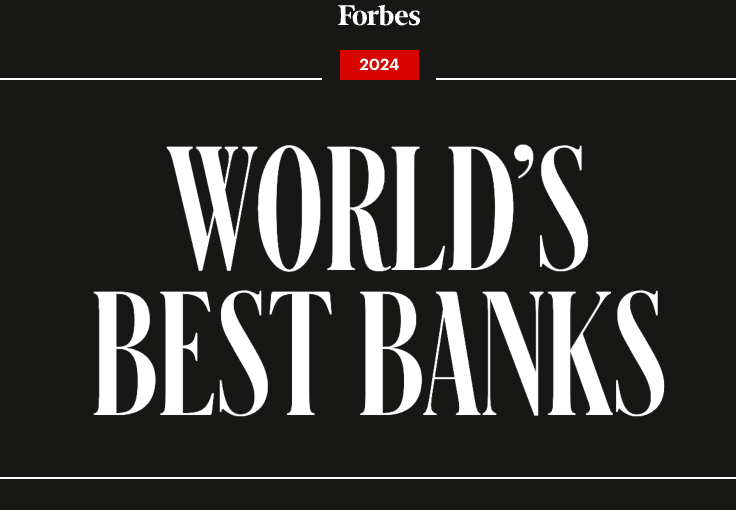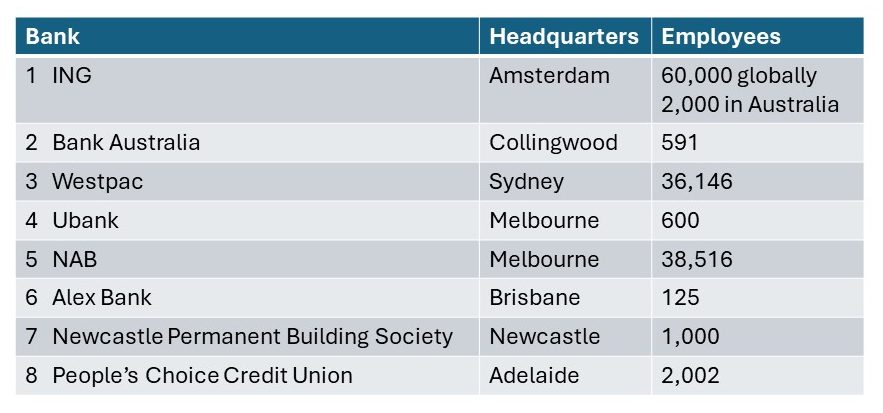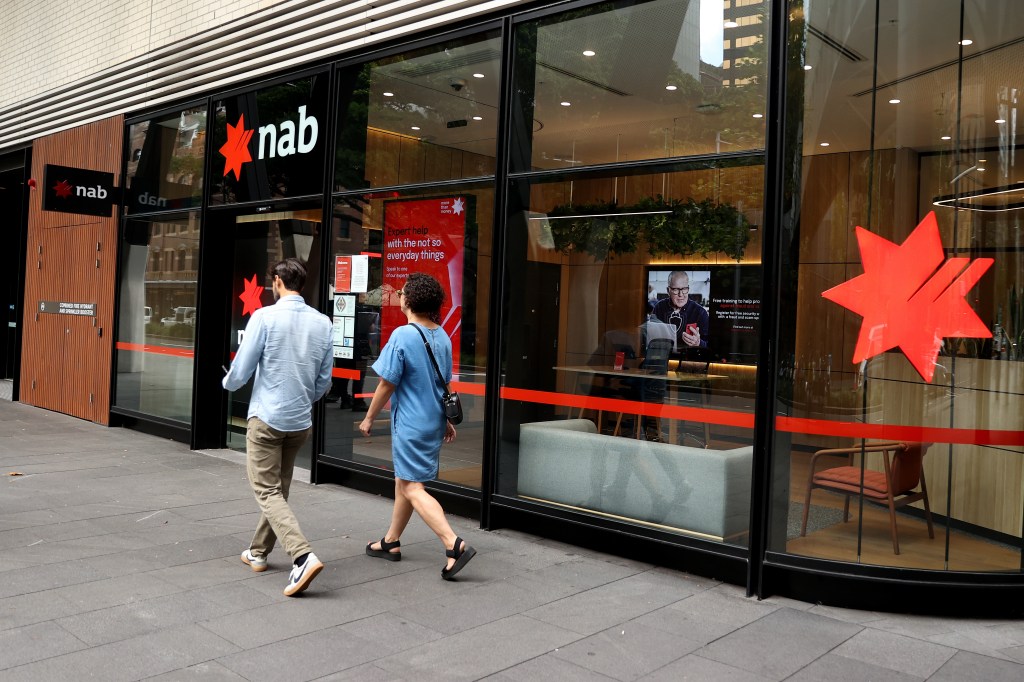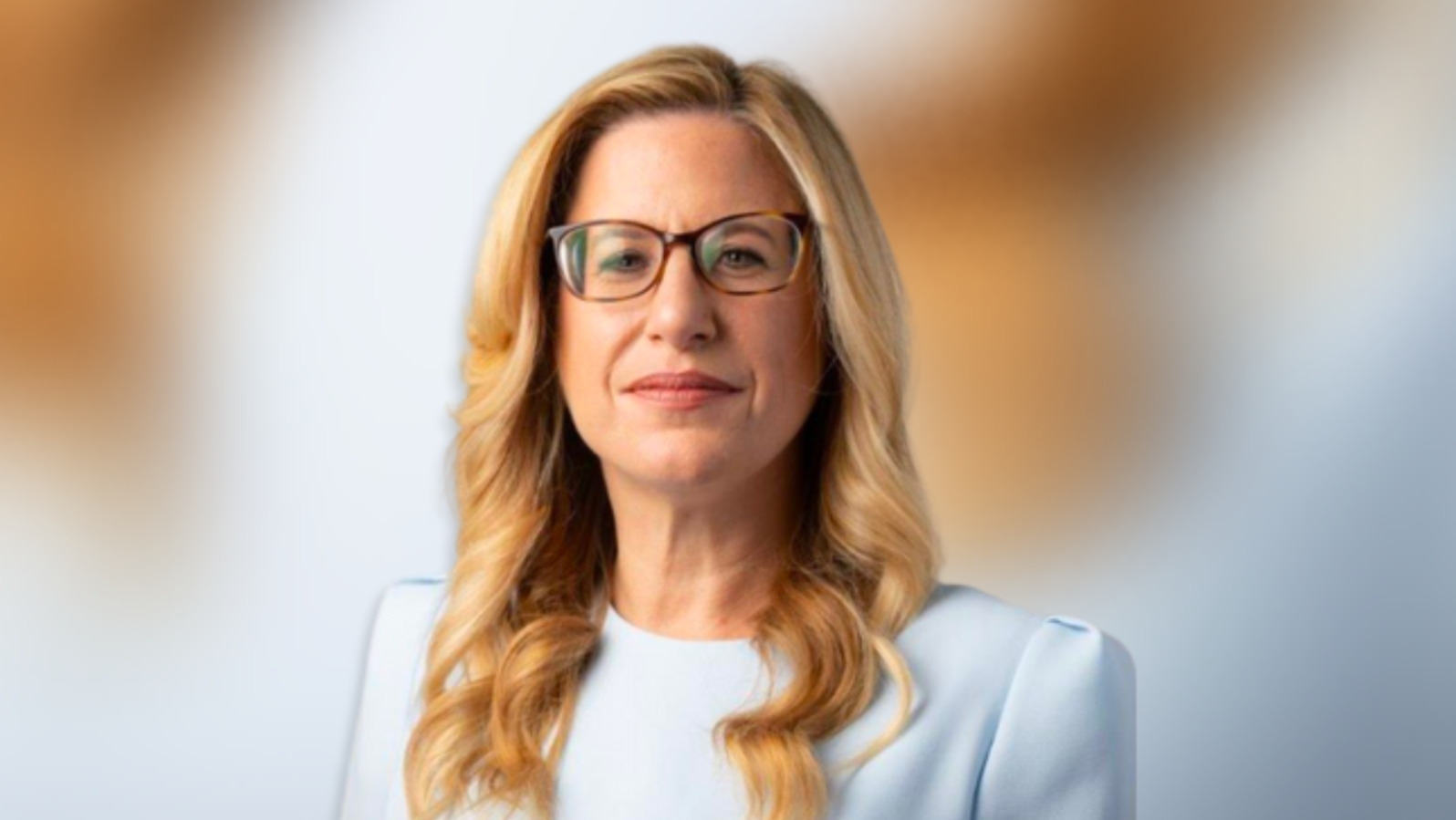We’ve all heard of Australia’s Big Four banks. But what banks are best from a customer’s perspective? We bring you the top 8, as judged by Australians who ranked banks on digital services, fees, rates, and trustworthiness.

Forbes partnered with Statista on a survey of 49,000 people in 33 countries. Respondents rated banks on trustworthiness, terms and conditions (fees and rates), customer service, digital services and quality of financial advice.
Participants relayed their overall satisfaction with each bank, whether they would recommend it to others, and rated each in five areas: trustworthiness, terms and conditions, customer service, digital services, and financial advice. Survey responses were factored into a scoring system, and the banks with the highest scores made our final list, which includes 403 banks around the globe. (For more on the methodology, see below.)
As with all Forbes lists, companies do not pay any fee to be considered or selected.
Tap here for the full list: Forbes 2024 World’s Best Banks
Below are the Australian banks ranked as the best 8 by customers. Only two from the Big Four made the cut.

Data: Forbes US and Statista
ING
Topping the list is Dutch bank ING, headquartered in Amsterdam. The global company was founded in 1991. Its Australian arm has been operating for more than 20 years and its 2,000 Australian employees are led by CEO Melanie Evans.
Evans was appointed to lead the bank in 2020, three years after joining ING to spearhead its retail growth and diversification agenda.
ING has 6% market-share in Australia, according to RFI Global survey, making it Australia’s fifth-largest main financial institution. It does not have bank branches. instead, ING customers can provide identification and make despots through Australia Post Bank@Post outlets.
Bank Australia
Founded in 1957 as a credit union associated with Australia’s science agency CSIRO, the second-highest ranking bank in Australia amalgamated 71 credit unions and co-operatives to become Bank Australia in 2011.
It bills itself as Australia’s first customer-owned bank that promotes sustainability, clean money, and no executive bonuses.
Bank Australia’s tagline is ‘banking as you know it, with an ethical bent.’ It is a certified B corp bank. The Managing Director is Damian Walsh who has held that position for 13 years.
Westpac
The first of the Big Four banks on this list, is ASX-listed Westpac. The bank has large operations in Australia and New Zealand, as well as a smaller footprint in Asia, Europe, the Pacific Islands and the US, according to IBIS Worldwide.
The bank was founded in NSW in 1817 and says it is not only Australia’s first bank but also the oldest company in the country. It is not clear exactly how many branches Westpac has across the country, the number is around 500 according to a 2023 post.
For the last four years, Westpac has been led by managing director and CEO Peter King. The bank’s market capitalisation is $88.8 billion as of publication.
Ubank
Another digital-only bank, Ubank operates in Australia under NAB’s banking license. The company website states it was Australia’s first homegrown digital bank and has been operating since 2008.
Ubank is led by CEO Phillipa Watson who has held that role since 2020. Ubank has 750,000 customers and more than 600 employees.
NAB
Established in 1858, NAB states it has 10 million customers. It is one of Australia’s Big Four banks and the biggest business bank in the country.
NAB announced Andrew Irvine will take the reigns as new CEO and managing director in April. The bank has 32,000 employees. The 2023 annual report does not disclose the number of branches the bank has, but states that there are 3,400 Australia Post Bank@Post locations.
The ASX-listed bank has a market capitalisation of $103.5 billion at the time of publication. It made $7.41 billion in profit in 2023, an increase of 7.5% on 2022 profit.

Alex Bank
Simon Beitz founded Alex Bank in 2018. He is both managing director and Chief Executive Officer.
Alex is a digital bank with no branches, and offices in Brisbane and Sydney. APRA granted its license to operate as an authorised deposit-taking institution in 2022.
It is privately held by Beitz, his co-founder Craig Fenwick who is also the company CFO, and their investors.
Newcastle Permanent Building Society
Established 120 years ago, Newcastle Permanent is a mutual bank owned by customers. It states it has 325,000 customers, primarily in the Newcastle area of NSW where it started.
It offers personal and business banking and 48 branches in Sydney, northern NSW and southern Queensland.
Its parent company, NGM Group, is led by CEO Bernadette Inglis and calls itself ‘Australia’s largest customer-owned bank based on net assets.’ NGM has no shareholders.
People’s Choice Credit Union
Founded in Adelaide in 1949, People’s Choice Credit Union is a B corp owned by its members. It has 31 branches across South Australia, Victoria and the Northern Territory.
People’s Choice and Heritage Bank merged in 2023 creating the larger national mutual entity. It will be renamed People First Bank this year. It is 100% member owned.
The CEO is Peter Lock who was the head of Heritage Bank prior to the merger.
Methodology
To produce the World’s Best Banks 2024, Forbes partnered with market research firm Statista, which surveyed more than 49,000 people across 33 countries in 17 different languages. Participants were asked to evaluate banks where they currently have a checking or savings account, where they’ve had an account within the past three years, or that they knew through family or friends. Any bank offering a checking or savings account was eligible; United States credit unions were not.
Respondents relayed their overall satisfaction with each bank and whether they would recommend it to others, and then rated it based on five criteria: trustworthiness, terms and conditions (such as fees and rates), customer service (wait times and helpfulness of employees), digital services (ease of using the website and app), and quality of financial advice.
All of these elements were factored into a scoring system that also considered last year’s results at a lower weight; similarly, banks known through family or friends received a lower weight than those with which the respondent had personal experience. The banks with the highest final scores in their countries made the final list. (Note that the number of banks listed in each country depends on the size and structure of each country’s banking sector.) This year, our list includes 403 banks around the globe.
Look back on the week that was with hand-picked articles from Australia and around the world. Sign up to the Forbes Australia newsletter here or become a member here.


